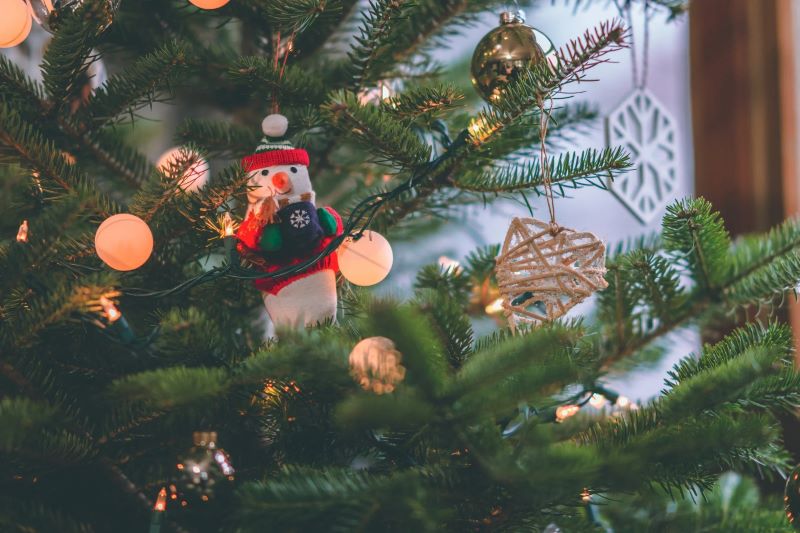It’s hard to imagine celebrating Christmas without a Christmas tree. This beloved tradition dates back to the 16th century when Germans started bringing evergreen trees inside their homes and decorating them with candles, fruit, and nuts. Today, the Christmas tree industry is worth billions of dollars, and the variety of trees available is mind-boggling. From real trees to synthetic trees, flocked trees to traditional green trees, there’s a tree to suit every taste and aesthetic. One variation that has gained popularity in recent years is the slim artificial Christmas tree. Let’s take a closer look at the history and evolution of these festive trees.
The Rise of Slim Christmas Trees: Innovation Meets Practicality
Slim artificial Christmas trees first appeared on the scene in the late 1950s. At that time, the idea of having an artificial tree in the home was still fairly new. The first artificial Christmas trees were made from feathers and became popular in the early 20th century, but it wasn’t until the 1930s that synthetic trees made from materials like aluminum and brush bristles gained traction. These early artificial trees were often designed to mimic real tree shapes – think of the classic A-frame shape of a traditional Christmas tree.
In the 1950s, artificial trees became more sophisticated. Manufacturers began to experiment with new materials, such as PVC (polyvinyl chloride) and PE (polyethylene), which allowed for more realistic tree shapes and textures. This led to the creation of slim artificial trees with a more narrow profile and more branches than traditional trees. These slim trees were designed to fit into smaller spaces – ideal for apartments and small homes.
Why Slim Artificial Christmas Trees Are a Popular Choice for Holiday Decorating
As people’s living spaces continued to shrink, slim artificial trees grew in popularity. Today, they are one of the most sought-after types of Christmas tree. One of the reasons for their appeal is that they offer a sleek and modern look that can complement a variety of decor styles. Whether you prefer a minimalist, Scandinavian aesthetic or a more colorful and eclectic style, a slim artificial tree can work with your vision.
The evolution of slim artificial trees hasn’t stopped at their profile. Today’s models are also more environmentally friendly, with many made from recycled materials. Some companies even offer eco-friendly options that use solar power to illuminate the tree’s lights. Additionally, many manufacturers have added convenience features like hinged branches and pre-lit lights, making setup and take down easier than ever.
One of the other advantages of slim artificial trees is that they are durable and require minimal maintenance. Unlike real trees, which shed needles and require watering, artificial trees can be stored away year after year and still look great when brought out for the next holiday season. They are also less flammable than real trees since they don’t dry out over time.
In conclusion, slim artificial Christmas trees have become a staple of the holiday season for several compelling reasons. They offer a modern and stylish look, fitting into any decor style, they are environmentally friendly, convenient, and durable, making them a sound investment for any household. As the Christmas tree industry continues to evolve, it will be fascinating to see how these trees will change and adapt to meet the ever-changing needs of consumers.

